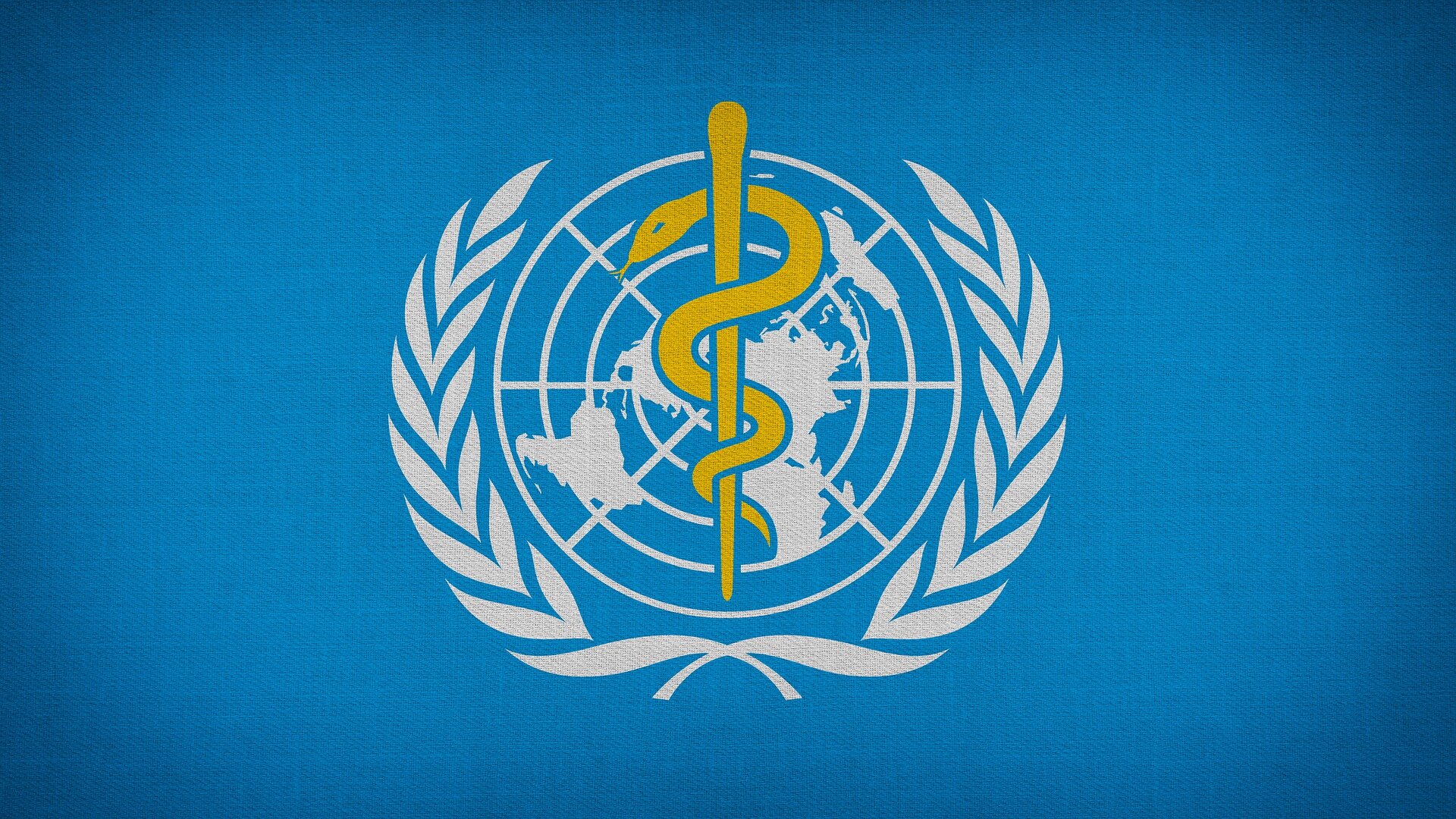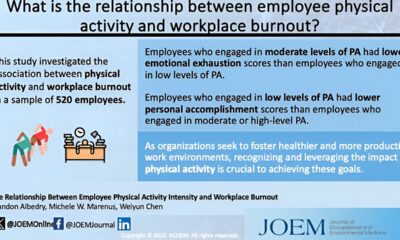Health
Most countries recommend at least one treatment that doesn’t work

Credit: CC0 Public domain
National clinical guidelines for the treatment of COVID-19 vary significantly around the world, with under-resourced countries most likely to deviate from the gold standard (World Health Organization; WHO) treatment recommendations, according to a comparative analysis published in the open access magazine BMJ Global Health.
And almost every national guideline recommends at least one treatment that has been proven not to work, the analysis shows.
Since the arrival of the pandemic, significant differences in national recommendations for treating COVID-19 are suspected, but have not yet been formally quantified or studied in depth, the researchers note.
And despite the fact that COVID-19 is no longer taking the toll on lives and health as it once did, the virus is still evolving and active worldwide, they point out. The WHO only revoked COVID-19’s public health emergency status in April 2023.
To assess how well national clinical practice followed the WHO recommendations (11th version; July 2022) – considered the gold standard – for the treatment of COVID-19, the researchers analyzed the content of the most recent national reports from all 194 WHO Member States. guidelines at the end of 2022.
Each set of guidelines was scored based on how closely they matched WHO recommendations. Additional points were awarded for those who had updated in the previous six months; those who made recommendations according to the strength of the evidence; and those that include assessments of the effectiveness of treatments and their side effects.
Each country’s wealth and resources were then compared using the World Bank’s 2021 Gross Domestic Product (GDP) per capita in US dollars, the 2021 Human Development Index and the 2021 Global Health Security Index.
Of the 194 countries contacted, 72 did not respond. Of the remaining 122, nine had no formal guidelines or were not accessible, and a further four did not recommend treatments so these were excluded, leaving a total of 109.
The countries for which no guidelines were established had, on average, smaller populations, lower GDP per capita and a lower Global Health Security Index, indicating greater economic challenges and less capacity to respond to health emergencies.
The eleventh version of the WHO guidelines categorizes disease severity, but most guidelines reviewed (84%; 92) did not define COVID-19 severity in the same way, and some did not define severity at all (6.5% ; 7 ). Only ten guidelines (9%) used definitions of disease severity comparable to those of the WHO.
Most (77%; 84) guidelines did not include an assessment of the strength or certainty of the therapeutic recommendation. And the range of recommended medications, regardless of severity, ranged from 1 to 22. WHO guidelines recommend a total of 10.
A total of 105 guidelines included at least one treatment recommended by the WHO, but 4 recommended none. Countries in the African region had a significantly lower proportion of therapies recommended by WHO, compared to countries in Europe and Southeast Asia.
The most commonly recommended medications were corticosteroids (92%; 100), with 80% (88) of guidelines recommending them for the same disease severity as WHO. But corticosteroids were not recommended for severe disease in almost 1 in 10 guidelines, despite overwhelming evidence of their benefit.
Remdesivir was recommended in half of the guidelines for severe or critical illness (51%; 72). But WHO guidelines only conditionally indicate remdesivir for mild disease in patients at highest risk of hospitalization.
As of late 2022, many guidelines continued to recommend treatments that the WHO had recommended against, including chloroquine, lopinavir, ritonavir, and azithromycin; vitamins and/or zinc.
One in three guidelines (36; 33%) recommended at least one neutralizing monoclonal antibody directed against SARS-CoV-2, the virus responsible for COVID-19. These guidelines have been issued by wealthier countries.
But two of these monoclonal antibodies – bamlanivimab plus or minus etesivamab and regdanivimab – appeared consistently in clinical guidelines, despite not being recommended by the WHO.
The doses of the most commonly recommended medications also varied. And many guidelines had not been updated in more than six months.
The guidelines from low-resource countries deviated the most from WHO recommendations, stratified by annual GDP, the Human Development Index and the Global Health Security Index.
The researchers acknowledge several limitations of their findings, including the score used to assess the guidelines, which has not been validated by other studies, and the inability to assess all national guidelines.
But still they ask themselves, “Why do it? [national guidelines] so many differences in their treatment guidelines for such a widespread and potentially serious infection, yet they all have access to the same information?
“Apart from the prohibitive cost of some medications for low-resource settings, we have no satisfactory explanation.”
They offer some possible explanations, including variations in how the severity of, and therefore the most appropriate treatment for, COVID-19 is defined; the evolution of the evidence; and the research chaos and confusion in the early stages of the pandemic, leading to claims and counterclaims, exacerbated by intense political and media interest.
“In this ‘fog of war’, countries clearly felt the need to say something and do something, even if it was based on very little evidence,” the researchers explain. “But why many of these unproven remedies continued to be recommended as evidence of their ineffectiveness is much less clear,” they add.
“There is clearly more variation in national guidelines for COVID-19 therapies than there should be to ensure optimal treatment,” which are not justified by significant differences between populations or geographic variation in antiviral susceptibility to SARS CoV-2, they write.
Global health inequality clearly plays a role, leading to the recommendation of ineffective, unaffordable and unavailable therapies, they suggest.
“The formalization of processes in the development of [national guidelines] for COVID-19 and other infectious diseases is essential to ensure that these guidelines are based on the best available evidence,” they conclude.
“A systematic and structured approach would not only increase the credibility of the guidelines but could also contribute to their effectiveness in guiding public health interventions, especially in a pandemic setting.”
More information:
Comparison of WHO vs National Therapeutic Guidelines for COVID-19 Around the World: Not Exactly a Perfect Match, BMJ Global Health (2024). DOI: 10.1136/bmjgh-2023-014188
Quote: Significant global variation in COVID-19 guidelines: Most countries recommend at least one treatment that doesn’t work (2024, April 22), retrieved April 23, 2024 from https://medicalxpress.com/news/2024-04- significant-global-variation-covid-guidelines.html
This document is copyrighted. Except for fair dealing purposes for the purpose of private study or research, no part may be reproduced without written permission. The content is provided for informational purposes only.













